Time Period: Early Twentieth Century (1901 - 1940)
aka: Hollywood Cemetery Confederate Section
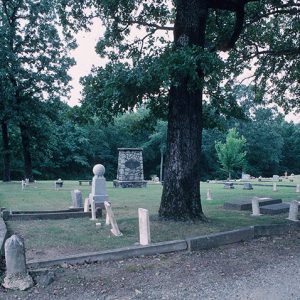 Hollywood Cemetery
Hollywood Cemetery
 Holt Landscape
Holt Landscape
 Holt Landscape
Holt Landscape
 Holt Landscape
Holt Landscape
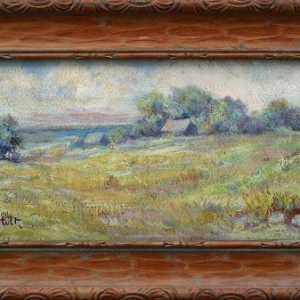 Holt Landscape
Holt Landscape
 Holt Seascape
Holt Seascape
 Holt Still Life
Holt Still Life
Holt, Maud Spiller
 Home Demonstration Agents
Home Demonstration Agents
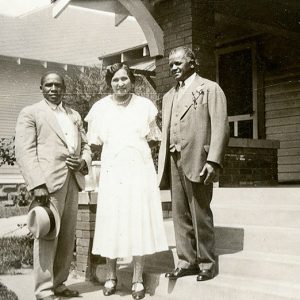 Home Demonstration Agents
Home Demonstration Agents
Home Demonstration Clubs
Home Ice Company
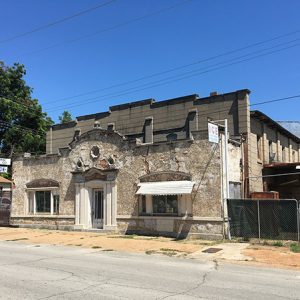 Home Ice Company
Home Ice Company
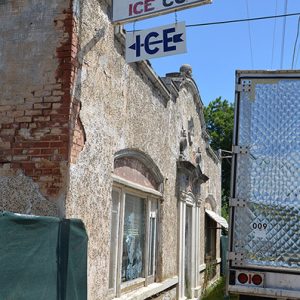 Home Ice Company
Home Ice Company
 Home News
Home News
Home News (McCrory)
Hoo-Hoo Monument
Hookworm Eradication
 Hookworm Eradication Article
Hookworm Eradication Article
 Hookworm Incidence Article
Hookworm Incidence Article
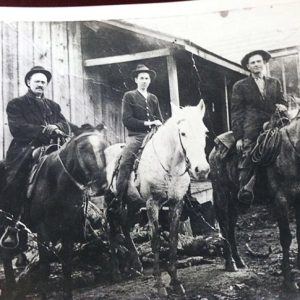 John Hooper & Sons
John Hooper & Sons
 Hoover and Karpis
Hoover and Karpis
 Hope Girl Scout Little House
Hope Girl Scout Little House
Hope Girl Scout Little House
 Hope Utilities
Hope Utilities
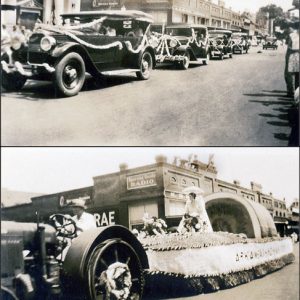 Hope Watermelon Festival
Hope Watermelon Festival
 Harry L. Hopkins
Harry L. Hopkins
Horace Estes House
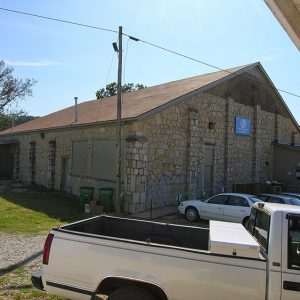 Horace Mann Gymnasium
Horace Mann Gymnasium
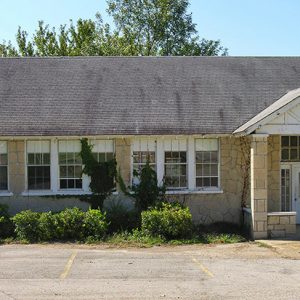 Horace Mann Home Ec Building
Horace Mann Home Ec Building
Horace Mann School Historic District
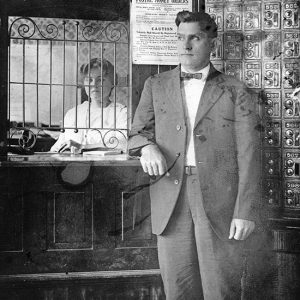 Horatio Post Office
Horatio Post Office
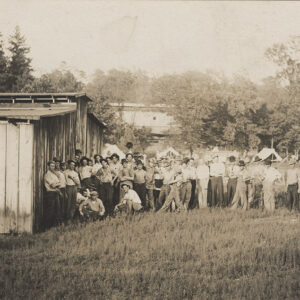 Horatio Peach Harvesters
Horatio Peach Harvesters
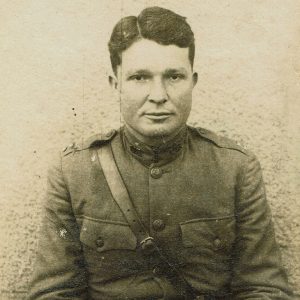 Elijah Whitt Horner
Elijah Whitt Horner
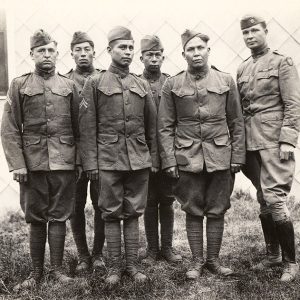 Horner and Choctaw Telephone Squad
Horner and Choctaw Telephone Squad
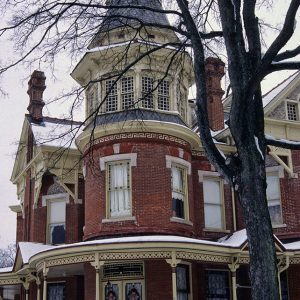 Hornibrook House Detail
Hornibrook House Detail
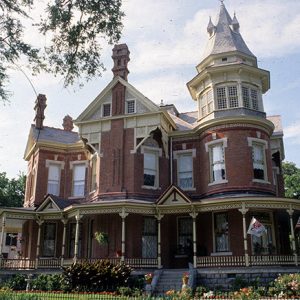 Hornibrook House
Hornibrook House
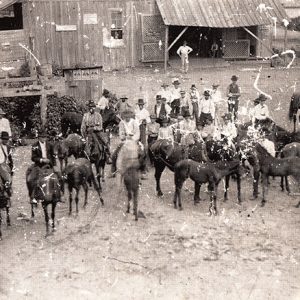 Horse Sale
Horse Sale
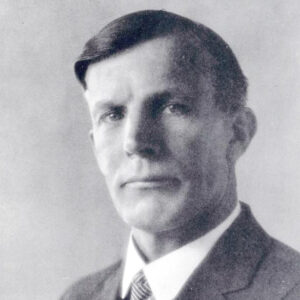 Frank Horsfall
Frank Horsfall
 Horticulture Exhibit
Horticulture Exhibit
Horton, Zilphia Mae Johnson
Hospital Unit T
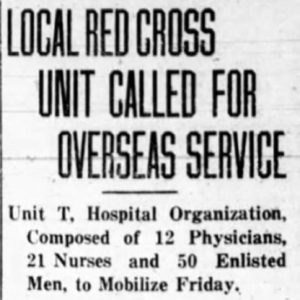 Hospital Unit T Article
Hospital Unit T Article
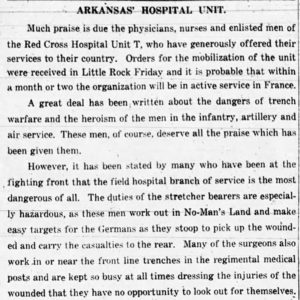 Hospital Unit T Paean
Hospital Unit T Paean
Hot Spring County Courthouse
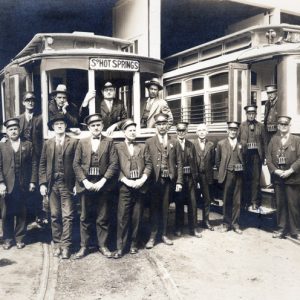 Hot Springs Conductors
Hot Springs Conductors
 Hot Springs Buildings
Hot Springs Buildings




